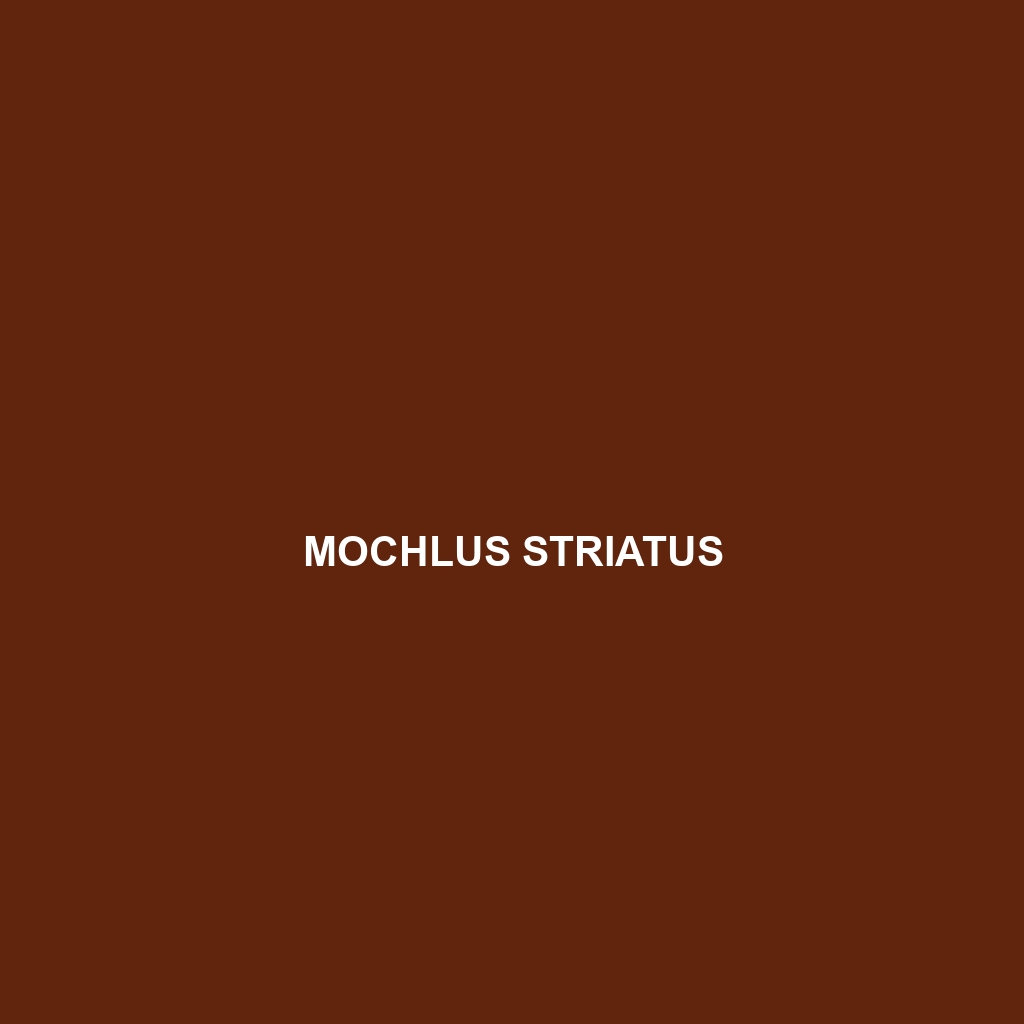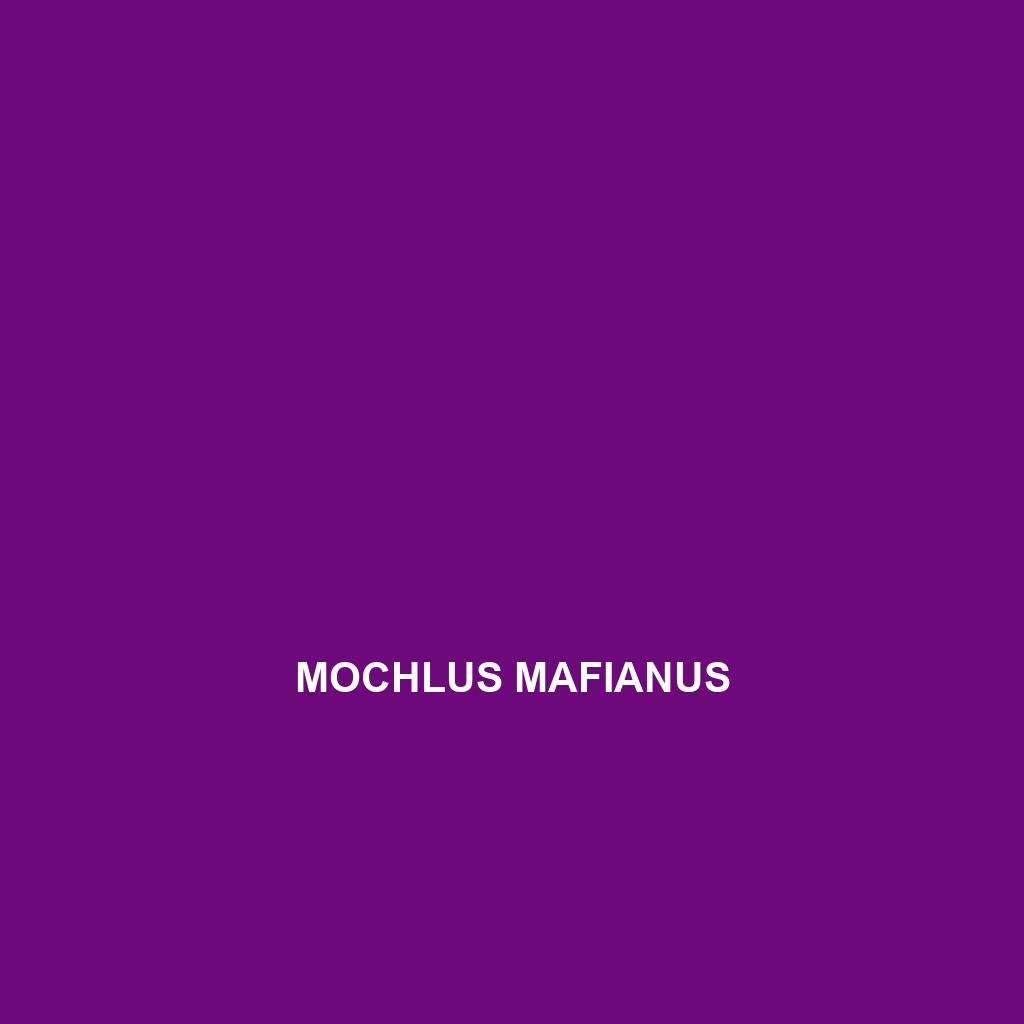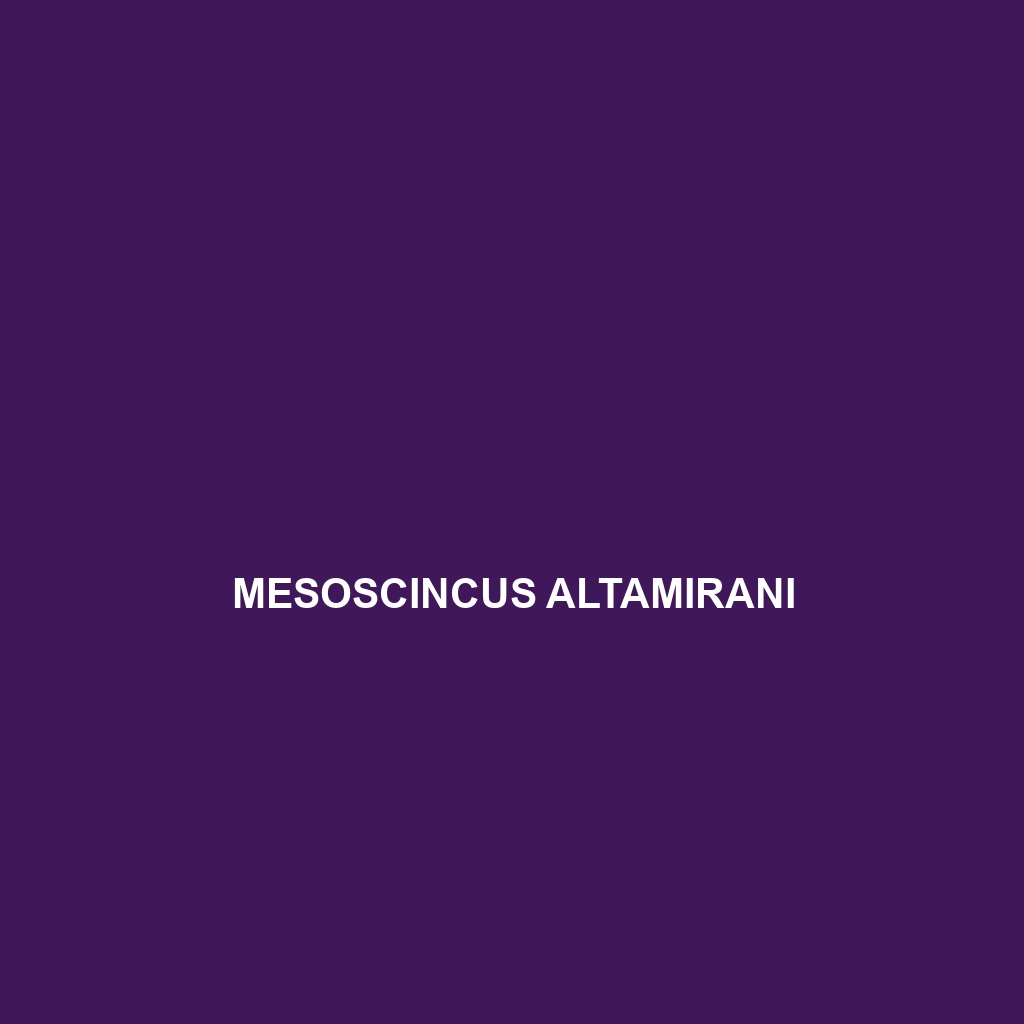Discover the Mochlus sundevallii, commonly known as Sundevall's skink, a fascinating insectivore found in diverse habitats across eastern and southern Africa. With its striking coloration, elongated body, and impressive tail regeneration, this diurnal skink plays a vital role in its ecosystem by controlling insect populations and serving as prey for larger animals.
Tag: skink reproduction
Mochlus striatus
Meet the Mochlus striatus (striped skink), a small to medium-sized insectivore native to East African rainforests and savannas, known for its striking cream or light brown body adorned with dark stripes and its remarkable agility. This diurnal skink plays a vital role in maintaining ecological balance by controlling insect populations and serving as prey for larger predators.
Mochlus simonettai
Discover the Mochlus simonettai, or Simonetta’s skink, a vibrant insectivorous species native to East Africa's humid tropical rainforests, known for its striking coloration and exceptional camouflage. With a length of up to 20 cm, this diurnal skink plays a crucial role in regulating insect populations while facing threats from habitat loss.
Mochlus productus
Discover the vibrant Mochlus productus, also known as the African Skink, a fascinating insectivore found in tropical rainforests and savannas, recognized for its elongated body, striking coloration, and nocturnal foraging behavior. This species plays a crucial role in controlling insect populations and is notable for its ability to regenerate its tail as a defense mechanism.
Mochlus pembanus
Discover the Mochlus pembanus, or Pemban skink, a vibrant insectivore native to the rainforests and savannas of Pemba Island, Tanzania. With its sleek body and remarkable agility, this species plays a crucial role in its ecosystem while actively engaging in unique mating rituals and exhibiting adaptive coloration for camouflage.
Mochlus mocquardi
Discover the Mocquard's skink (<i>Mochlus mocquardi</i>), a diurnal insectivore thriving in the rainforests and savannas of West Africa, featuring an elongated body covered in smooth, shiny scales that range from deep brown to black. This vibrant skink plays a crucial role in its ecosystem by controlling insect populations while serving as prey for larger predators, all while exhibiting remarkable camouflage and tail-shedding abilities for escape.
Mochlus mafianus
The Mochlus mafianus, or Mafia Island skink, is a medium-sized, diurnal skink native to Tanzania's coastal and forest habitats, characterized by its smooth, shiny scales and ability to reach lengths of up to 25 cm. This species plays a vital role in its ecosystem, exhibiting fascinating behaviors, such as color change and territorial marking, while primarily feeding on insects, fruits, and plant matter.
Mochlus brevicaudis
<p>Discover the <b>Mochlus brevicaudis</b>, or short-tailed skink, a diurnal insectivore found in the tropical rainforests and savannas of Central and West Africa. With its distinctive bright coloration, slender body, and unique tail adaptations, this species plays a vital role in regulating insect populations while exhibiting fascinating social behaviors.</p>
Mesoscincus altamirani
Discover the <b>Mesoscincus altamirani</b>, also known as Altamirano's Skink, a vibrant insectivore native to the rainforests of Central America with striking blue or yellow undersides and essential ecological roles in controlling insect populations. This unique skink exhibits fascinating behaviors and thrives in humid, biodiverse habitats, making it a captivating subject for nature enthusiasts.
Menetia greyii
Discover the captivating Menetia greyii, or Grey's Skink, a diurnal insectivore found in the lush rainforests of northeastern Australia. With its striking grey and brown coloration, sleek body, and vital role in pest control, this species showcases remarkable adaptations and intriguing behaviors within its natural habitat.









